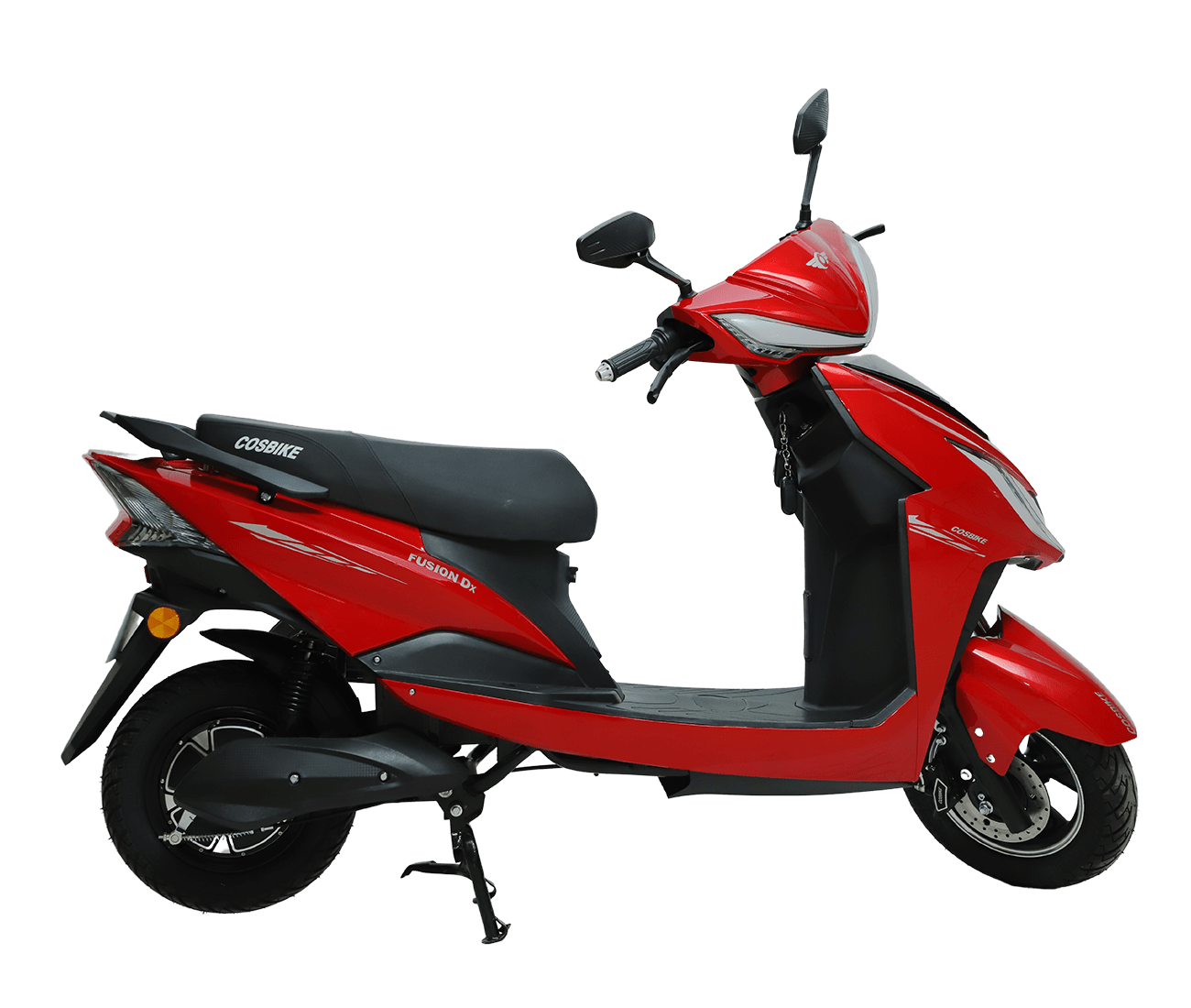The term "Electric Mobility," also abbreviated as "E-Mobility," refers to the shift toward battery-powered electric vehicles from internal combustion engine (ICE) vehicles. There has been a global uptick in the prevalence of e-bikes, e-scooters, e-vans, e-buses, and other forms of electric transportation as governments in both industrialised and developing economies promote their widespread use.
The two-wheeled electric vehicle (EV) market in India has long been dominated by electric bikes and electric scooters. The Indian government has provided substantial support for the burgeoning e-scooter industry by way of subsidies and other incentives for both businesses and consumers.
There are many benefits to driving an electric vehicle, including the fact that they produce no harmful emissions, greenhouse gases or other pollutants, have quieter engines, and cost less to operate. Among the newer e-bike producers, Cosbike stands out for making affordable and innovative electric bicycles.
While most EVs are best suited for short and mid-range commutes around town or in the countryside, hybrid EVs are capable of longer trips thanks to improved range and performance.
The greatest advantage of EVs (pros) is that they can be easily charged in the comfort of your own residence. If you plan on taking a longer trip and need to recharge your battery, you can do so at charging points located around town or at gas stations.
In what ways do EVs differ from conventional cars?
There are some EVs out there that don't rely solely on electricity. It's mostly hybrids and plug-in hybrids. Those, I'm sure you're thinking, must perplex you. So, let's learn more about the different kinds of EVs.
1. BEVs, or battery-electric vehicles,
These cars get all their power, as the name implies, from rechargeable lithium-ion batteries. These automobiles don't have conventional combustion engines, so they don't release any harmful gases into the air. When compared to other types of vehicles, the range of these is somewhat limited.
2. HEVs, or hybrid electric vehicles,
There are two types of engines in this vehicle: an electric motor powered by batteries and a traditional internal combustion engine. Hybrid electric vehicles, on the other hand, capture energy during braking to charge their batteries, as opposed to being plugged into a standard electrical outlet. Acceleration can be provided either by the engine or the electric motor driving the vehicle, or both. The most efficient mode of operation is achieved by predominantly using the electric motor at low speeds and switching to the combustion engine at higher play speeds.
<3strong>3. PHEVs, or plug-in hybrid electric vehicles,
The battery of a plug-in hybrid electric vehicle (PHEV) can be charged in a variety of ways, including by plugging it in and using the power generated when the vehicle is decelerating. The vehicle is powered by both a gas-powered engine and an electric motor.
4. Electric Vehicles with Range Extenders (REx)
Even though EVs fall into one of the aforementioned 3 groups, there are some terms that any EV enthusiast should be familiar with, such as the term "range extension type of electric vehicles," or REx. The electric motor in this range-extender EV is incredibly powerful, and the vehicle also has a combustion engine for added range. An internal combustion engine primarily aids in charging the battery and facilitating the operation of other parts.
5. FCEVs, or fuel cell electric vehicles,
These vehicles use electric motors and store hydrogen in the tank, just like BEVs. An electric motor, similar to that found in BEVs, is propelled by electricity generated by combining hydrogen with oxygen from the air in a fuel cell. Nothing needs to be plugged in to charge because the fuel cells are recharged by adding more hydrogen.
What It Comes Down To:
Every substantial, relatively insignificant, and up-and-coming player in the Indian auto industry is rapidly adapting to the widespread use of electric vehicles. Long-distance travel was once difficult for electric vehicles, but today's hybrid options have made that problem obsolete. The fact that electric vehicles can reduce carbon dioxide emissions—the main cause of environmental issues, global climate change, and pollution—is by far the most fascinating aspect of this technology.
What is the meaning of e-mobility?
By: Admin | 13 Aug 2022










